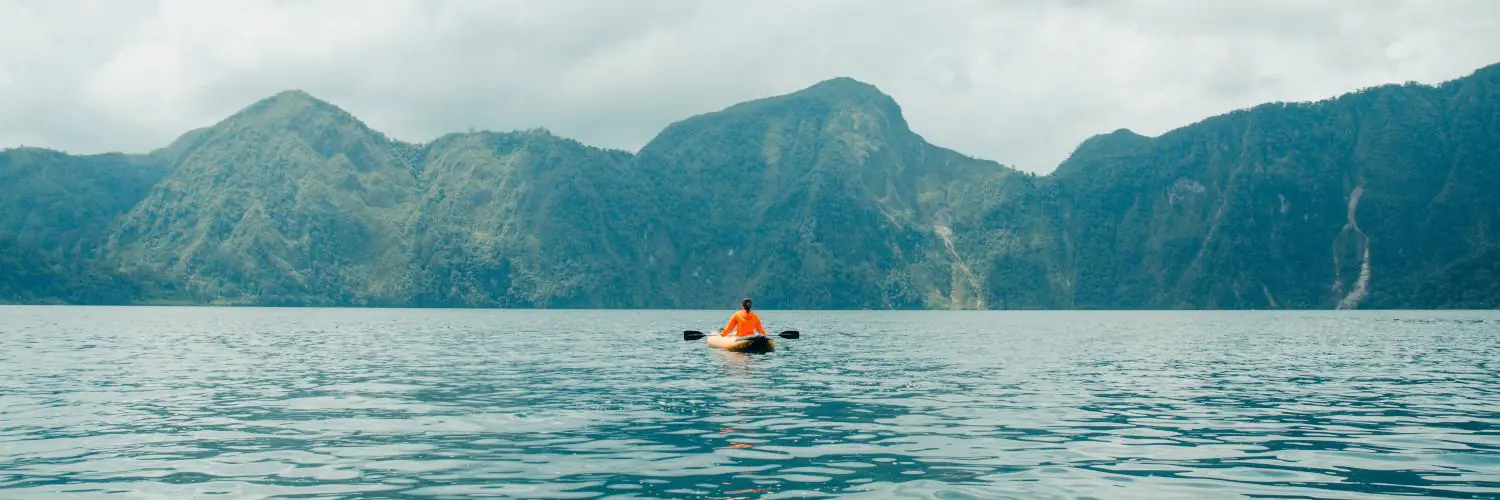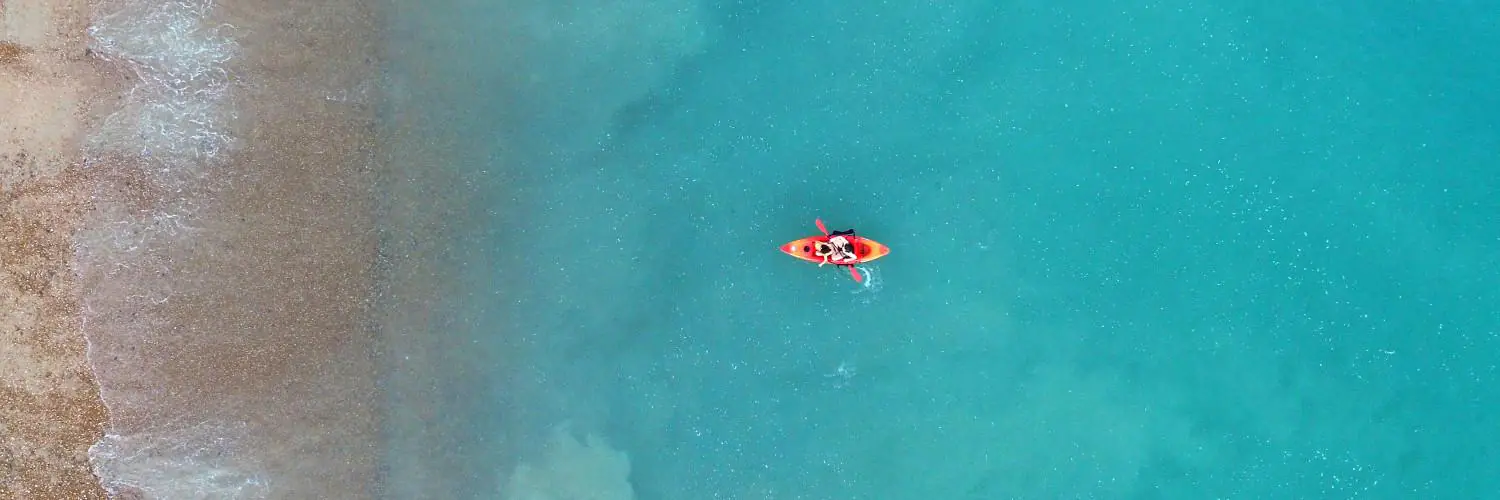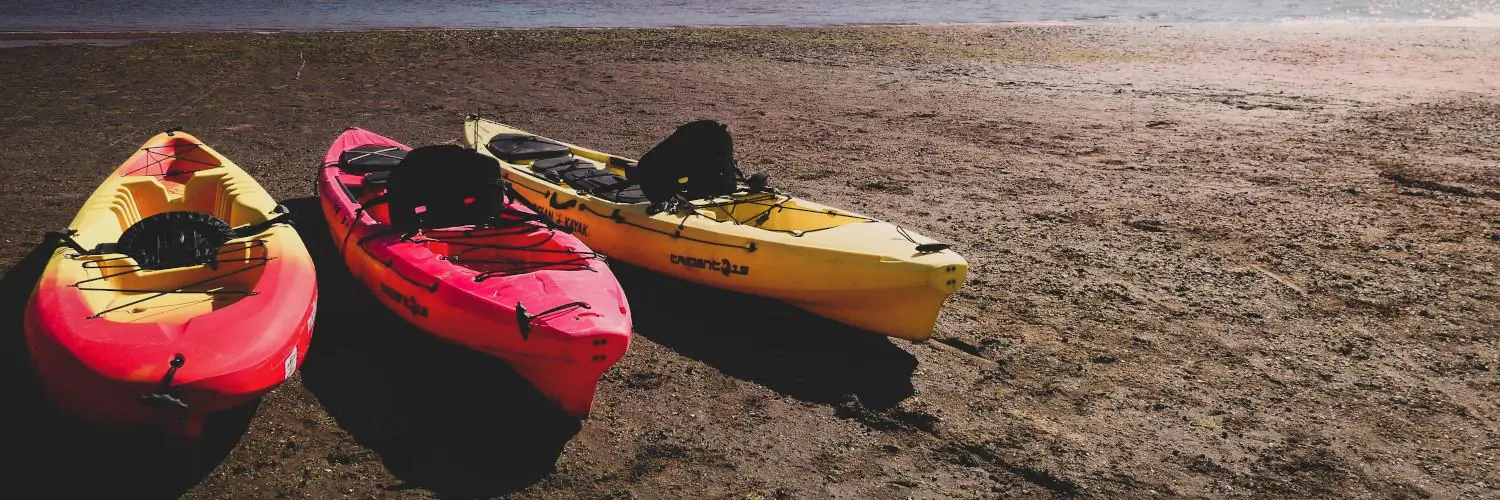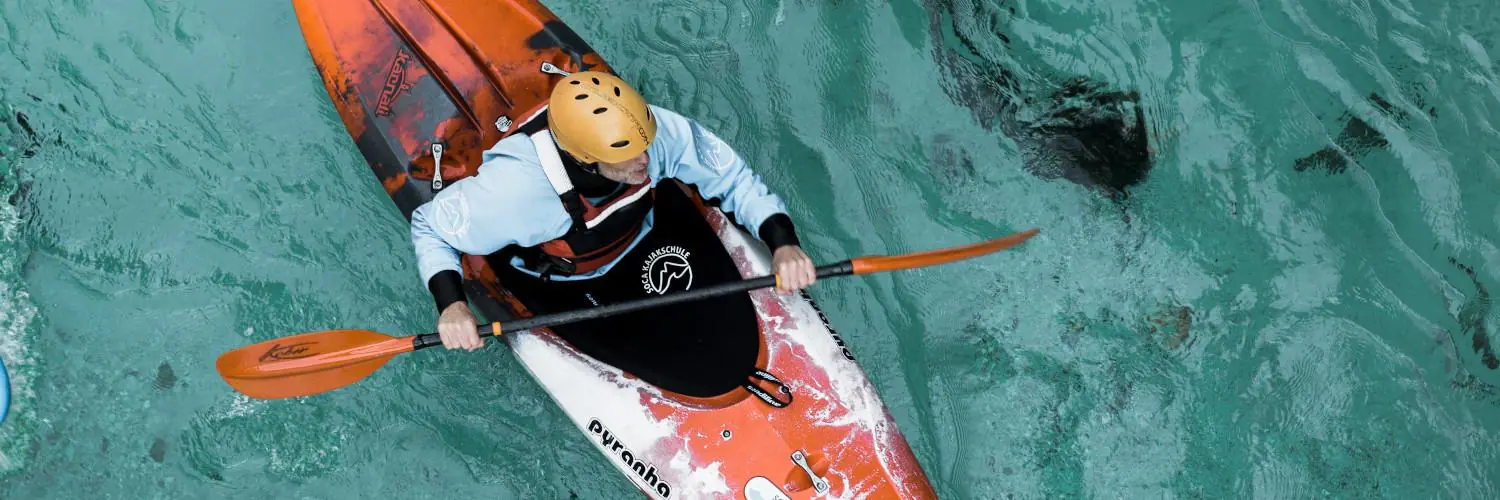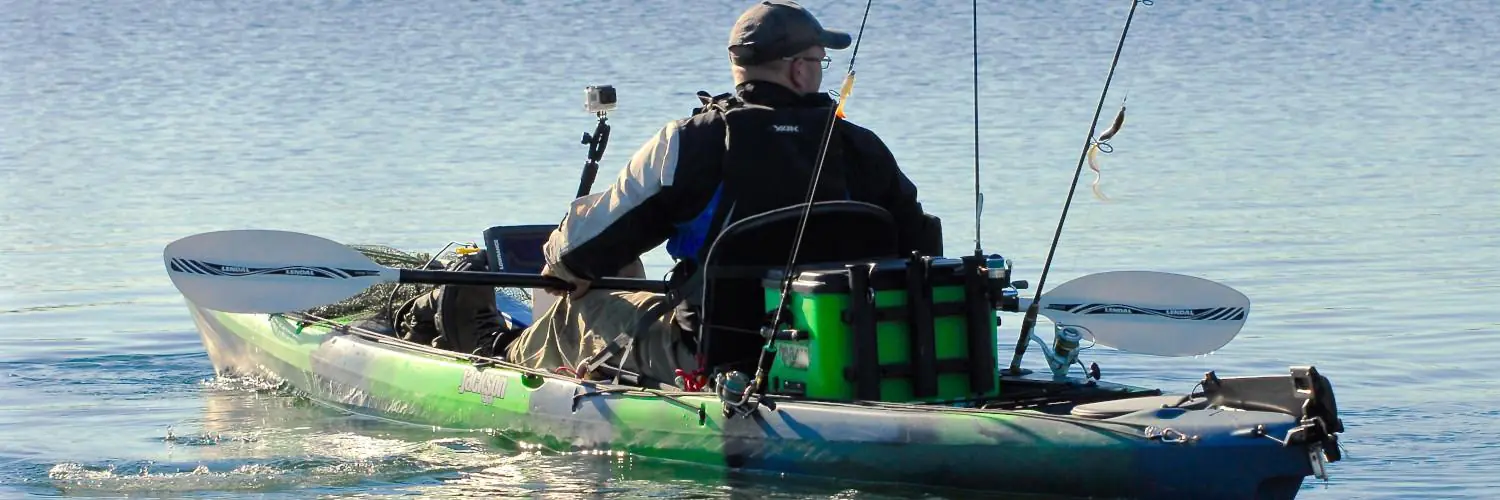A viral video from 2020 sparked widespread interest in a dramatic encounter between kayakers and a humpback whale off the California coast. The footage shows a massive whale surfacing next to a kayak, appearing to swallow the small boat and its occupants. While the kayakers were knocked into the water, they were not actually eaten by the whale.
The incident occurred near Avila Beach, California in November 2020. Julie McSorley and Liz Cottriel were paddling a tandem kayak when they found themselves in the path of a feeding humpback whale. The whale suddenly breached the surface with its mouth open, capsizing the kayak and briefly submerging the women.
Despite the scary appearance, both kayakers emerged unharmed. The close call serves as a reminder of the power and unpredictability of marine wildlife. Whale watching can offer amazing views of these magnificent creatures, but maintaining a safe distance is crucial for both human and animal safety.
Table of Contents
Overview of the Kayaking Incident
Two kayakers had a close call with a humpback whale off the California coast. The event happened suddenly and left the paddlers shaken but unharmed.
The Kayakers Involved
Julie McSorley and Liz Cottriel were the two women in the kayak. They were out on the water near Avila Beach in San Luis Obispo County, California. The friends often went kayaking together to watch whales.
McSorley and Cottriel were in a tandem kayak. This means they were both in the same boat. They picked a spot where they could see whales from what they thought was a safe distance.
What Happened in November 2020
On November 2, 2020, McSorley and Cottriel were watching whales from their kayak. Suddenly, a school of small fish came to the surface. A huge humpback whale followed the fish.
The whale came up right next to the kayak. Its mouth was open wide to catch the fish. The kayak tipped, and both women fell into the water. For a moment, it looked like the whale might swallow them.
Luckily, the whale missed the kayakers. It went back under the water quickly. Other people nearby helped McSorley and Cottriel get back to shore safely.
The incident was caught on video. It showed how close the whale came to the small boat. The footage went viral and reminded people about being careful around wild animals.
Humpback Whales and their Habitat
Humpback whales are large marine mammals known for their acrobatic displays and distinctive songs. They inhabit oceans worldwide and often visit coastal areas to feed and breed.
Characteristics of Humpback Whales
Humpback whales can grow up to 60 feet long and weigh up to 40 tons. They have long pectoral fins and a small dorsal fin on their backs. Their tails, or flukes, are used for propulsion and can be up to 18 feet wide.
These whales are known for their unique feeding behavior. They use a technique called bubble net feeding to catch small fish and krill. They blow bubbles in a circular pattern to trap their prey, then swim upward with their mouths open to capture the food.
Humpbacks are also famous for their complex songs. Male whales produce long, varied vocalizations that can last up to 20 minutes and be heard for miles underwater.
San Luis Obispo Bay: A Natural Habitat
San Luis Obispo Bay, located off the coast of California, is a prime habitat for humpback whales. The bay’s rich marine ecosystem attracts these gentle giants during their migration.
The area is known for its abundant marine life, including schools of small fish that form bait balls. These dense groups of fish are a favorite food source for humpback whales.
Kayakers and whale watchers often visit the bay to observe these majestic creatures. The bay’s calm waters and diverse marine life make it an ideal spot for whale watching activities.
Humpback whales can sometimes be seen breaching or lunge feeding near the surface in San Luis Obispo Bay. This behavior brings them close to small boats and kayaks, creating breathtaking but potentially dangerous encounters.
Analyzing the Encounter
A video from November 2020 shows a surprising interaction between kayakers and a humpback whale off the California coast. The footage sparked discussions about whale behavior and kayaker safety.
Video Evidence
The video captures two women kayaking near Avila Beach, California. Suddenly, a humpback whale surfaces close to their boat. The large animal’s mouth opens wide as it breaches the water’s surface. This action causes the kayak to flip over, dumping the women into the ocean.
Many viewers initially thought the whale had swallowed the kayakers. However, careful analysis of the footage shows this was not the case. The whale’s sudden appearance simply capsized the small boat.
Nature of the ‘Swallowing’ Event
Despite initial reports, the whale did not actually swallow the kayakers. The two women, Julie McSorley and Liz Cottriel, were knocked into the water but emerged unharmed. The incident was likely caused by the whale feeding on a school of fish near the surface.
Humpback whales often use a technique called bubble-net feeding. They create a circle of bubbles to trap fish, then swim up through the center with their mouths open. This behavior can sometimes bring them very close to the surface, startling nearby boaters.
The kayakers’ experience serves as a reminder of the importance of maintaining a safe distance from marine wildlife.
Kayaking in Marine Environments
Kayaking in oceans and seas requires careful planning and awareness of the unique conditions. Paddlers must take specific precautions and follow safety guidelines to enjoy marine environments responsibly.
Precautions while Kayaking
Kayakers should check weather forecasts before heading out. Strong winds and currents can quickly change conditions. Paddlers need to bring proper gear, including life jackets, whistles, and waterproof communication devices.
Staying aware of marine life is crucial. Whales, dolphins, and other large animals may surface unexpectedly. Keeping a safe distance helps protect both kayakers and wildlife.
Paddlers should know their skill level and choose appropriate areas. Beginners should stick to calm, protected waters. More experienced kayakers can venture further from shore.
Bringing a buddy increases safety. Solo kayaking in open water carries more risks. Having a partner allows for mutual assistance if needed.
Kayaking Safety Guidelines
Proper training is essential before ocean kayaking. Taking a course teaches important skills like self-rescue techniques. Learning to read tide charts and marine forecasts is also valuable.
Kayakers should file a float plan with someone on land. This includes launch and return times, planned route, and emergency contacts. It helps rescuers if paddlers don’t return as expected.
Wearing bright colors makes kayakers more visible to boats. Using lights at night is required by law in many areas. Reflective tape on paddles and kayaks also improves visibility.
Carrying basic repair supplies allows fixing minor issues on the water. A bilge pump helps remove water from the kayak if it takes on water. A spray skirt keeps waves from entering the cockpit.
Impact and Follow-up
The kayaking incident sparked widespread interest and discussions about whale safety. It led to increased awareness of marine life protection and responsible wildlife viewing practices.
Public Reaction and Media Coverage
The video of the kayakers’ close call with the humpback whale went viral on social media. Many people expressed amazement and concern over the footage. News outlets across the world picked up the story, interviewing the kayakers involved. Julie McSorley and Liz Cottriel shared their experience on TV shows and in news articles. They described feeling lucky to be alive after the scary encounter.
The incident sparked debates about whale watching safety. Some argued for stricter rules to protect both humans and whales. Others saw it as a rare accident that highlighted nature’s power.
Conservation and Education
Wildlife experts used the event to teach about humpback whale behavior. They explained that the whale likely didn’t mean to approach the kayakers. Instead, it was probably focused on catching fish.
The incident led to more talks about respecting marine wildlife. Tour operators emphasized the importance of keeping a safe distance from whales. Some areas put up new signs about whale watching guidelines.
Marine biologists took the chance to share facts about humpback whales. They talked about the whales’ feeding habits, migration patterns, and conservation status. This helped people learn more about these amazing creatures and why we need to protect them.

